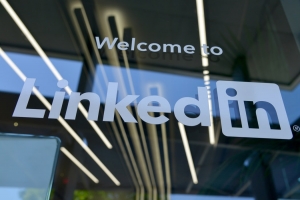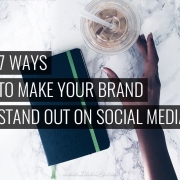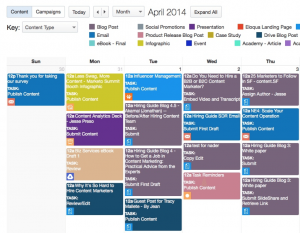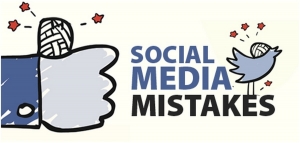The Ying and Yang of Social Media
Social media is a world unlike any other.
It’s still new to us, especially if you consider how it seems to be everchanging with each new phone update.
Life would be made much easier if only there was an extremely specific recipe to success for all small businesses on all social media platforms. A recipe that needed just a splash of engagement, a cup of killer content and a beautifully cohesive brand identity as the cherry on top. Then, BAM. You’ve got yourself a tsunami of eager customers for life.
In all seriousness though, I wish there was a simple recipe you could follow step by step that would unlock the secret to a successful social media presence… sadly there isn’t.

But, there are many methods that are proven to work that you can try out and modify for your specific business, product and audience. You can navigate your own way to social media success and create your own unique recipe to get there.
Something that will have to be figured out on this journey to a successful social media presence is where your fine line is for various topics. What is to too much and what is too little? What is smothering your followers and what is neglecting them? Where is the line between sticking with what works and boring, repetitive content?
Here are a few examples for you to consider:
- Over Posting and Under Posting
Finding that sweet spot in terms of how much you post is a vastly underestimated aspect of social media. It is commonplace for upstarting small businesses to believe they must post everyday (sometimes multiple times a day) in order to keep the interest of social media users.
This is false.
In fact, posting too much will likely annoy your followers who will have a newsfeed oversaturated by your content. It may negatively impact the view of your business and the number of followers you can maintain.
On the flip side, you don’t want to make your content scare so that you lose the opportunities social media provides for conversion and leads. Your acquired followers may also unfollow you if they don’t feel they are receiving the amount of valuable content they signed up for.

2. Over Selling and Under Selling
To sell or not to sell? That is the question!
This is probably the hardest area to pinpoint in terms of what is too much and what is too little on social media. Of course, it is important to promote your products and draw awareness to your website and other business materials. That is why businesses use social media in the first place, to market their brand and products.
However, too much selling can sometimes repel audiences as they begin to feel bombarded by efforts to get them to the checkout. Your business will lose its personable side.
In amongst content which promotes and sells, there should be content that is educational, motivational or prompts casual engagement with your followers in order to create a feeling that there is a person behind the brand.
I suppose you can say there is a fine line drawn between selling and building relationships. Strike the perfect balance between these two things and you’ll end up with trusting customers who are not only engaged with your product, but they are eager to support your business.
3. Finding Followers and Finding Customers
It’s true. It looks good when your social media pages have a large number of followers. Visitors to your page may be impressed by the numbers and opt to join the extensive list of followers. A large following has potential to increase engagement and the sharing of your content to an even greater audience of people.
BUT…
Obsessing over numbers should not be your objective. Finding people that will have a genuine interest and customer potential should be the objective.
There’s no harm in having a couple of empty followers (those which add to your follower count but will not contribute more to your business) but the core base of your following should be made up of people that are beneficial to your business. These people can be obtained through targeted advertisements, use of relevant hashtags and searching the follower lists of competitors.
It is up to you to walk that fine line between having a larger following that looks impressive to visitors whilst still having quality individuals that make up this list.

4. Doing What Works and Making Content Varied
On social media, you track and measure the success of your content. When a post skyrockets and does ten times better than all your other posts, it’s exciting and you feel like you’ve finally cracked the code. All you have to do is keep posting that kind of content, right?
Unfortunately, that’s not how it works.
It’s important to know what your audience responds positively to and engages with but, you should endeavor to keep your content varied. Social media audiences will not tolerate copy-paste content, they appreciate variation and innovation.
Sure, if posting a “Tip Tuesday” is your thing and your audience is positively responsive, keep it up. If you have an adorable dog that your audience goes wild for, include them in a post every now and then. Take advantage of what works, but don’t let your content become too repetitive and stale —your audience won’t thank you for it.










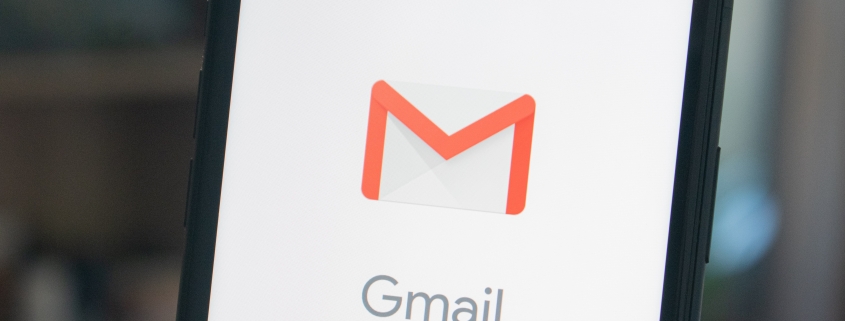
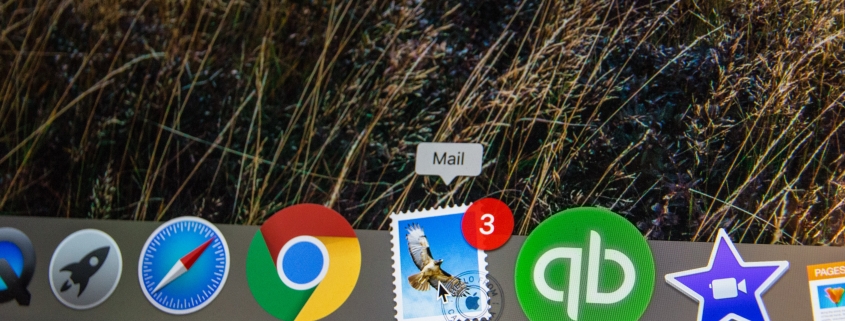







 infused into the core of what your business projects to consumers. It makes your brand identifiable.
infused into the core of what your business projects to consumers. It makes your brand identifiable.

